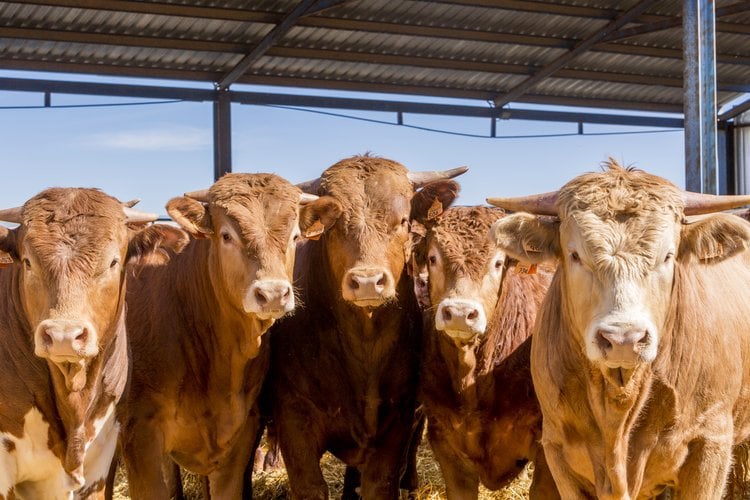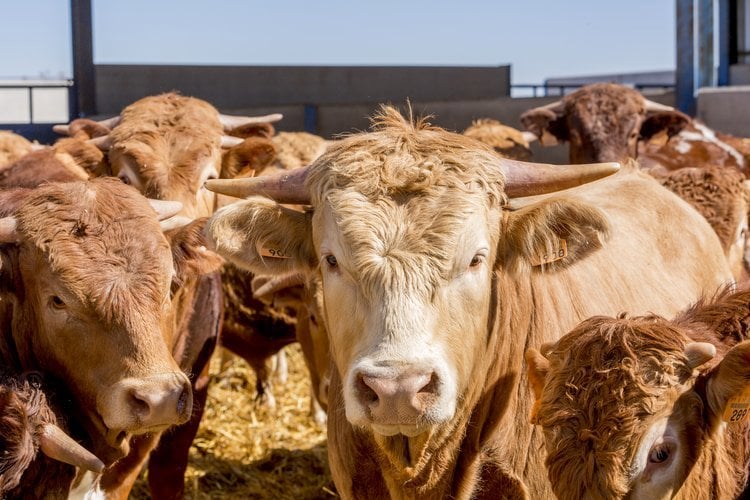
How to recognise
Signs of a nutritional or metabolic disorder in feedlot animals include decreased feed intake, increased sorting of feedstuffs and reduced chewing activity. We encourage farmers to carefully monitor the formulation of their animals’ diets to avoid low pH levels in the rumen and blood, which can result in acidosis, liver abscesses, bloat and, in extreme cases, sudden death.

The impact on the farmer
Severe fluctuations in feed intake and rumen pH will have a major impact on the animal’s performance, health and well-being, which can all result in significant production loss for the farmer. We advise prompt implementation of proactive measures to improve nutrition and minimise the risk of higher production costs due to increased days to slaughter and health-related expenses.
Frequently Asked Questions
How can we optimise our animal’s dry matter intake?
Changes in intake mean changes in availability and absorption of nutrients in the animal. Careful management of feeding can positively influence dry matter intake. A few key factors to consider: adequate feed bunk space for each animal to prevent bullying; access to feed 24 hours a day; feeding at the same time each day; making gradual changes to a ration to avoid nutritional disorders; and adequate forage levels in finishing rations.
How does mineral management support intake consistency?
The right source of trace minerals in feedlot diets offers more palatable and nutritious feed, with less oxidation of essential lipids, vitamins and probiotics. Providing animals with IntelliBond as the source of trace minerals for zinc, copper and manganese improves their natural physiological response to inflammation and oxidative stress and supports optimal intake and performance.
